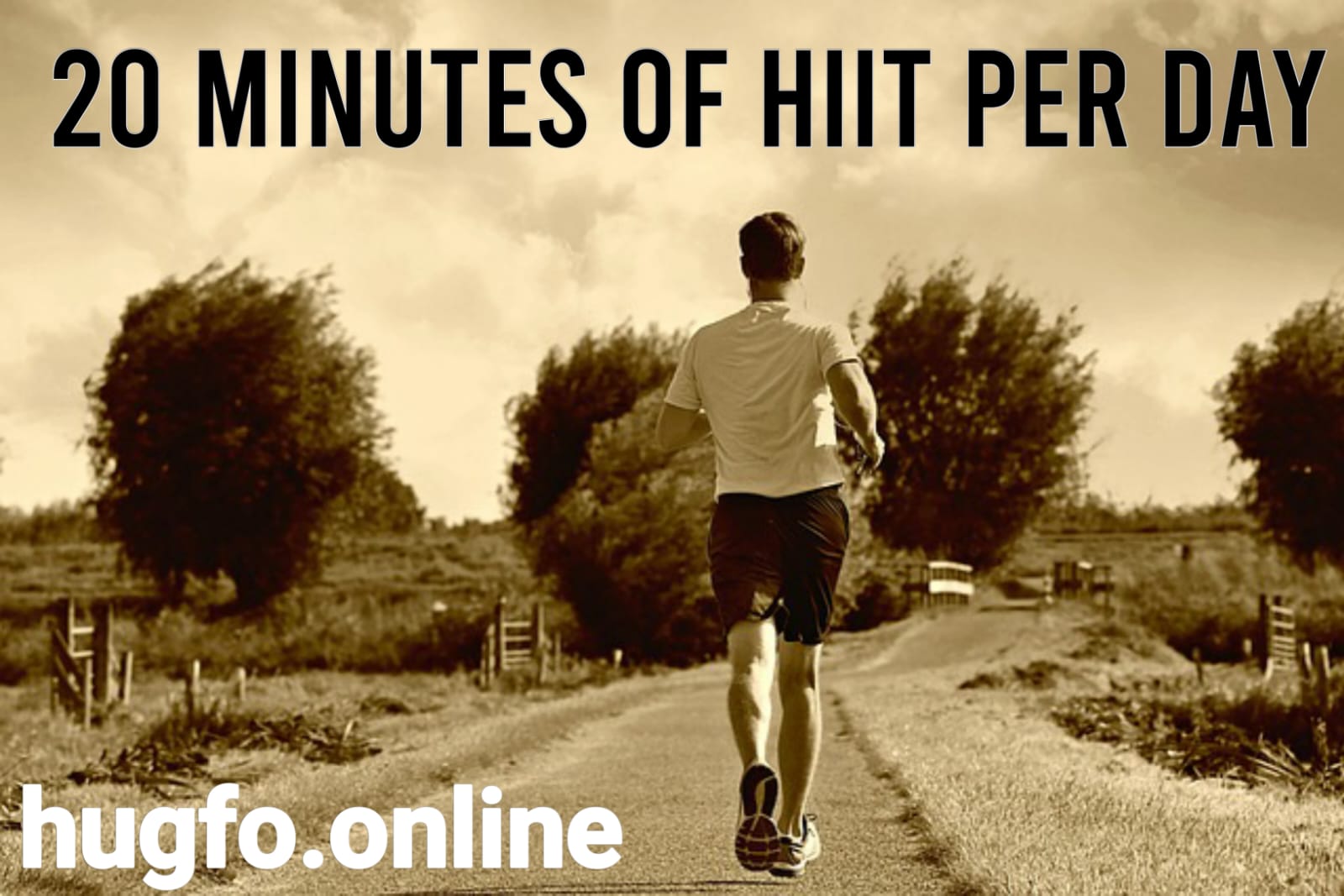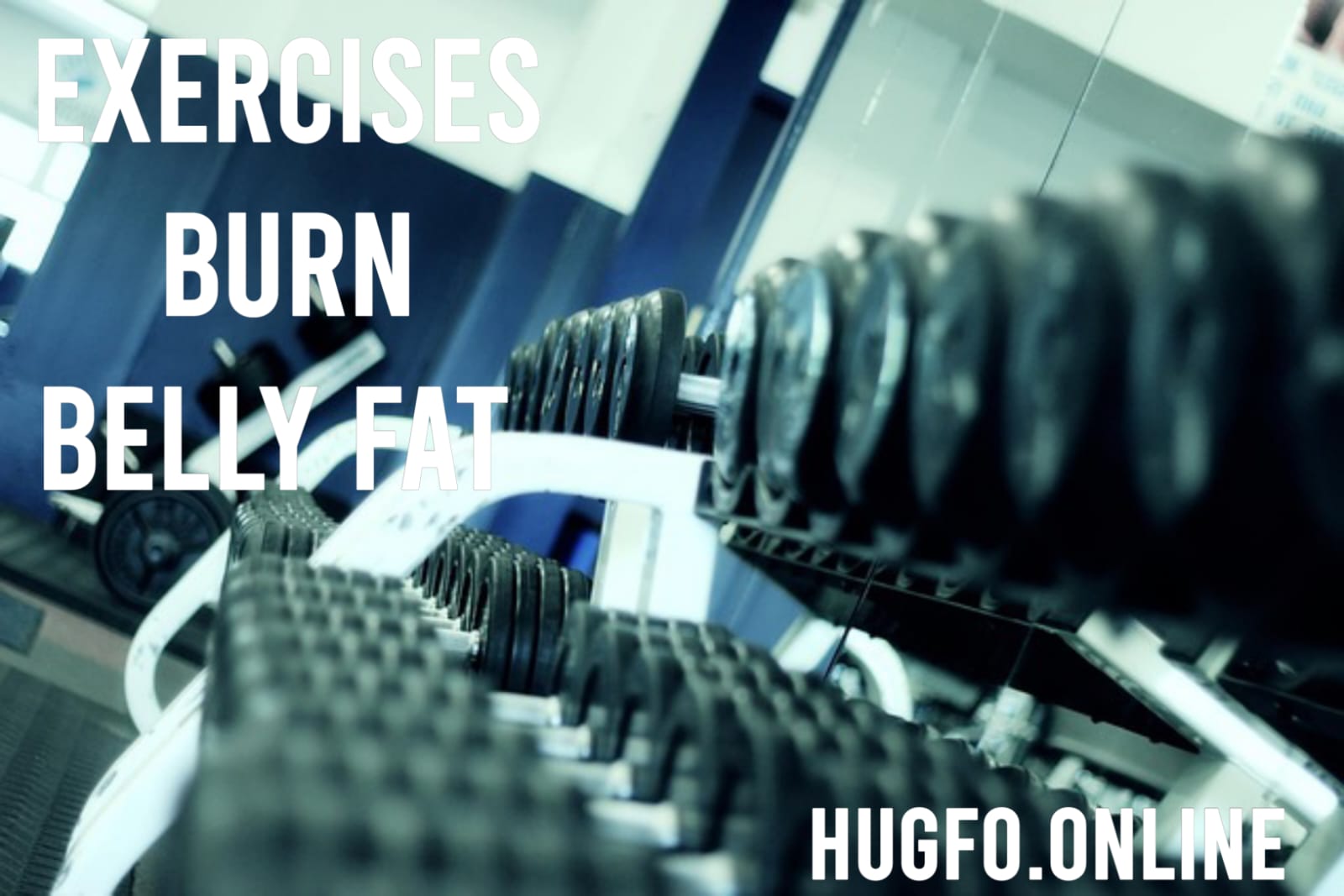Discover the ideal duration for a workout with this guide on how much time is efficient for exercise. Maximize your fitness results with scientifically-backed tips!
Compels a Full-Body Exercise workout Efficient
Before we plunge into the rundown of the best full-body works out, how about we get one thing straight: What kind of exercise is considered to be “full-body”? A full-body practice is one that connects with various muscle bunches at the same time. Rather than detaching a particular muscle (like bicep twists for your arms), full-body developments require coordination, equilibrium, and strength from different pieces of your body. As a result, you’ll burn more calories, get stronger, and improve your fitness more quickly.
The Advantages of Working Your Whole Body Why Concentrate on Working Your Whole Body? Well, full-body exercises are the way to go if you don’t have much time or just want to put in as much effort as possible. Why they are so great is as follows:
Time-efficient: You focus on various muscle bunches in a single activity, saving time at the exercise center.
Expanded calorie consume: Connecting with a few muscles implies your body works harder, prompting more fatty use.
Adjusted strength: You won’t have to worry about efficient muscle imbalances because you’ll be strengthening your entire body rather than just one part.
Further developed perseverance: These exercises frequently combine cardiovascular conditioning with strength training, making you fitter overall.
How about we continue on toward the succulent part — which exercise is best for full body exercises?
Top Workouts for the Whole Body The Almighty Burpee The burpee may be the king of all full-body exercises. It’s straightforward, however don’t let that fool you — it’s a monster of an activity! Here’s the reason the burpee is an exceptional full-body move:
Exercised muscles: Legs, center, chest, shoulders, arms
Why it works: It consolidates a squat, board, push-up, and hop into one smooth movement, hitting your whole body.
What to do: Begin in a workout standing position. Drop efficient into a squat, put your hands on the floor, kick your legs back into a board, play out a push-up, hop your feet back towards your hands, and detonate up into a leap.
Expert tip: Begin slow and move gradually up to additional reps. Despite their brutality, these are totally worth it!
2. When people are asked which exercise is best for building full-body strength, deadlifts are frequently near the top of the list. Because they target nearly every major muscle in your body, they are an essential part of any strength training routine.
Exercised muscles: Back, core, hamstrings, glutes, traps, and forearms Efficient Deadlifts are a compound development that powers your body to balance out and lift a weighty burden starting from the earliest stage. This trains your back chain (every one of the muscles on the posterior of your body), which is critical for in general strength.
What to do: Stand with your feet shoulder-width separated, with a free weight before you. With your back straight, bend at the hips and knees to grab the barbell with Efficient both hands. Lift the bar by standing up, passing through your heels, and expanding your hips forward. With control, lower it back down.
Expert tip: To avoid injury, keep your back straight and your core tight throughout the movement.
3. Squat to Press, also known as Thrusters, is a full-body exercise that combines cardio and strength training. The squat to press, otherwise called engines, is your response. It’s an extreme focus move that is well known in CrossFit, and it’s phenomenal for both muscle building and fat consuming.
Exercised muscles: Quads, glutes, shoulders, center
Why it works: While the press targets your arms and shoulders, the squa tEfficient targets your lower body. They combine to create an explosive movement that quickly raises your heart rate.
Instructions to make it happen: Holding a pair of dumbbells at shoulder height is a good place to start. Play out a squat, and as you stand up, press the free weights above. Return the loads to your shoulders and rehash.
Expert tip: Choose a weight that will challenge you while still allowing Efficient you to keep good form. Don’t give up technique for more reps!
4. Portable weight Swings – Unstable Power
Portable weight swings are another incredible full-body practice that sneaks up suddenly. This unstable move centers around your lower body while giving your center, back, and shoulders a serious exercise.
Muscles worked: Glutes, hamstrings, center, shoulders, back
Why it works: Portable weight swings are a hip-predominant development, meaning they focus on the muscles that assistance with hopping, running, and other athletic exercises. They also burn calories quickly.
What to do: Stand with your feet somewhat more extensive than shoulder-width separated, holding an iron weight in two hands. Pivot at the hips and swing the portable weight between your legs, then push your hips forward to swing it up to bear level. Control the plunge and rehash.
Expert tip: Center around passing through your hips — don’t transform this into a squat!
5. Push-Up Varieties
You can’t discuss full-body practices without referencing push-ups. They’re a classic move for a reason, whether you’re doing regular push-ups or one of the many variations, like clap push-ups or spider push-ups.
Exercised muscles: Chest, shoulders, rear arm muscles, center, legs (in cutting edge varieties)
Why it works: Push-ups don’t simply work your chest area. A decent push-up requires center dependability and leg commitment to keep up with legitimate structure.
What to do: Begin in a board position with your hands somewhat more extensive than shoulder-width separated. Bring down your body until your chest is simply over the ground, then push back up.
Expert tip: Start with knee push-ups and work your way up if regular push-ups are too hard for you.
As often as possible Got clarification on some pressing issues (FAQs)
Q: If I’m a beginner, which exercise is best for the whole body?
A: Start with bodyweight exercises like squats, pushups, and lunges for beginners. These developments are easy to learn and will fabricate a strong groundwork.
Q: How frequently should I exercise my whole body?
A: Depending on your fitness objectives. Aim for two to three full-body workouts per week for general fitness. Assuming you’re zeroing in on strength, you should consolidate more rest between meetings.
Q: Do full-body workouts aid in weight loss?
A: Absolutely! Full-body practices draw in numerous muscle gatherings, which helps consume more calories and lifts digestion, making them extraordinary for weight reduction.
conclusion
Incorporating a daily workout into your routine doesn’t have to feel like a chore. With a little planning, some creativity, and a positive attitude, you can transform exercise into something you actually enjoy. The benefits—better mood, more energy, improved fitness—are well worth the effort! Remember to start small, stay consistent, and most importantly, have fun with it. Whether it’s a sweaty cardio session or a calming yoga class, your daily workout is an investment in your health and happiness.



